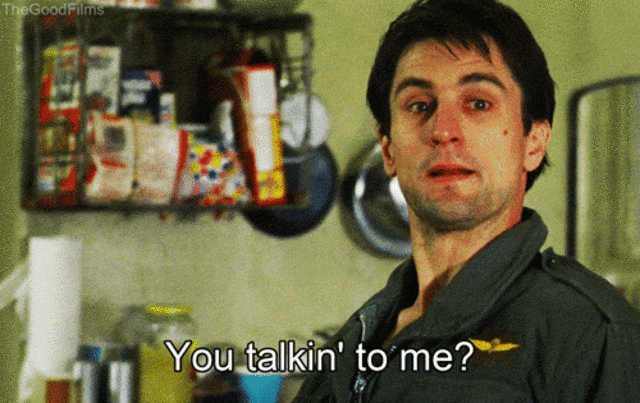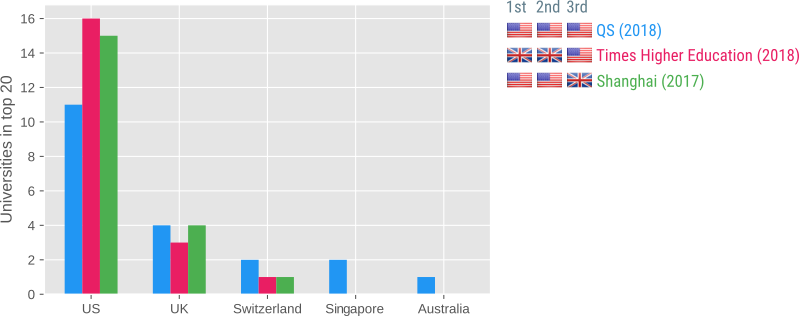If you see someone yawn, you won't be able to suppress a yawn of your own. If you see someone take a sip from her coffee, you are likely to take a sip as well. If you see someone shift her gaze, your gaze is likely to follow. These are all examples of automatic imitation, or mimicry.

An adorable Rhesus monkey imitating tongue protrusion. (Source, License: CC-by 2.5)
Mimicry may serve a social function. If you see someone take a sip from her coffee, some of the same brain regions ("mirror neurons") become active that would also become active when you take a sip yourself. This neural overlap is, in a sense, a direct form of neural empathy: When I see you do something, it's like I'm doing it myself. And this overlap increases the likelihood of automatic imitation, because seeing someone else perform an action primes your brain to perform the same action yourself.
All of this may sound fanciful, and not all researchers buy into the mimicry-as-empathy notion to the same extent. But by and large this is accepted psychological theory. And personally I think that there's a lot to it.
Pupil mimicry is a specific type of automatic imitation, in which you automatically adjust the size of your eye's pupils based on the pupils of someone you're looking at. So if I would look at you, and if your pupils would dilate, then my own pupils would dilate as well. In the past years, several high-profile …





